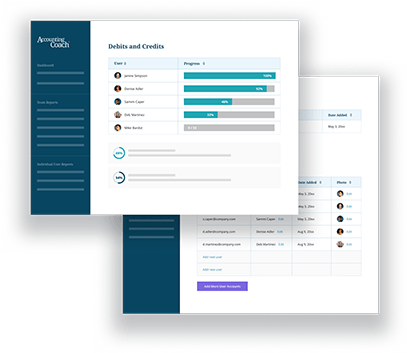Inflation and the Cost of Goods Sold
Generally speaking, a company selling goods during periods of inflation will see an increase in its cost of goods sold. When and by how much will depend on the cost flow assumption that is used.
In the U.S., there are several cost flow assumptions available. However, a company must select one and then use it consistently. Below is an overview of three cost flow assumptions and how they affect the cost of goods sold. (However, the cost flow assumption will also affect the company’s inventory valuation, as well as its gross profit, net income, income tax payments, and more.)
- FIFO. This results in the oldest, lower costs as the first to flow out of inventory and becoming the cost of goods sold
- LIFO. This results in the most recent, higher costs as the first to flow out of inventory and becoming the cost of goods sold
- Average. This is a compromise between FIFO and LIFO.
More on FIFO
Since FIFO (first-in, first out) is moving the older/lower costs to the cost of goods sold, the recent/higher costs are in inventory. The lower cost of goods sold generally results in larger amounts of gross profit, net income, taxable income, income tax payments, and certain financial ratios. Economists may state that the larger profits using FIFO are illusory since the goods (that were sold) will have to be replaced at higher, current costs. To avoid paying income taxes on these illusory or phantom profits, many U.S. companies have switched from FIFO to LIFO.
More on LIFO
Since LIFO (last-in, first out) is moving the recent/higher costs to the cost of goods sold, the older/lower costs remain in inventory. The higher cost of goods sold generally results in smaller amounts of gross profit, net income taxable income, income tax payments, and certain financial ratios. Economists feel more comfortable with LIFO since the cost of goods sold is closer to the replacement costs of the goods.
The smaller amount of gross profit being reported on the income statement from using LIFO eliminates much of the illusory profit and brings attention to the need to increase selling prices or take other action to maintain its same level of profits. Avoiding paying income taxes on the illusory profits gives the company some of the money that will be required to replace the goods at the new inflated costs.
Keep in mind that these are general comments. You should always determine the specific facts for your situation and should consult with a professional accountant and tax adviser.




